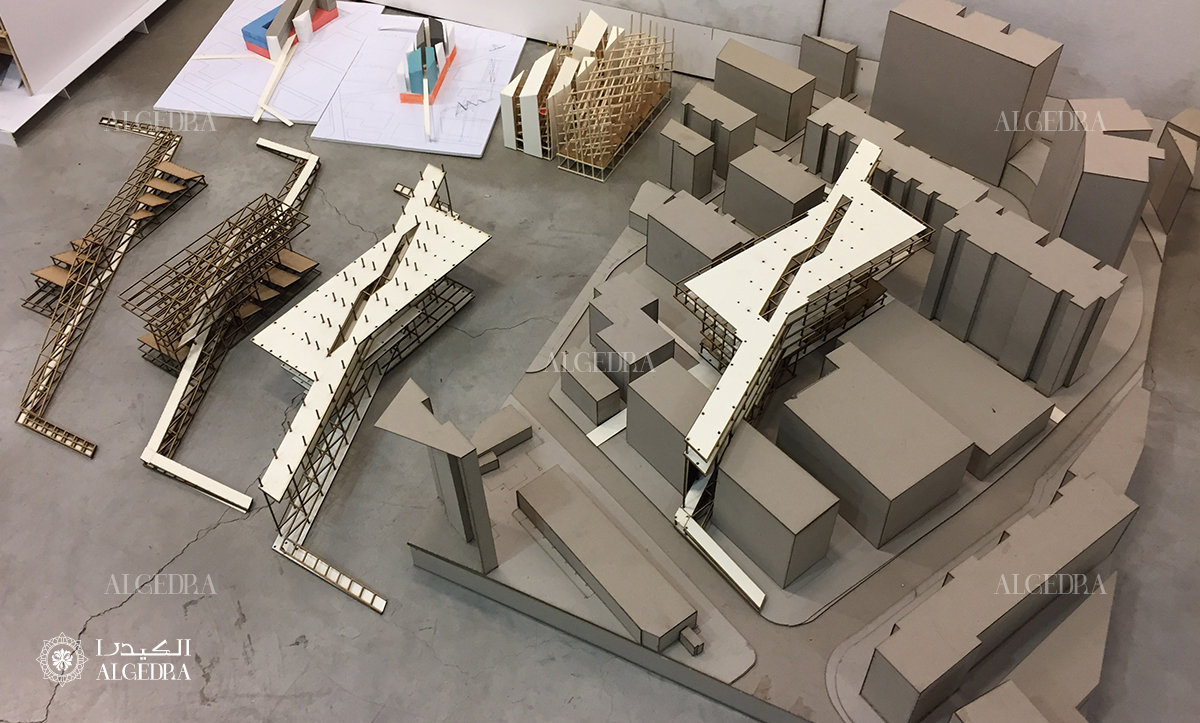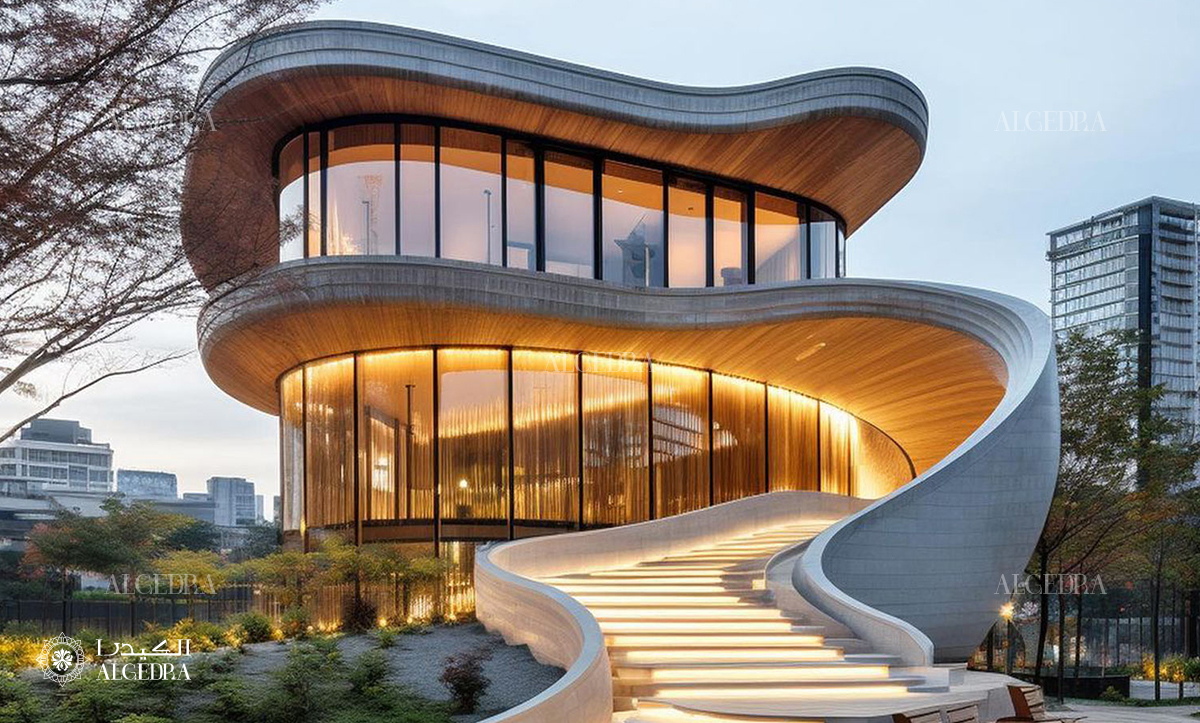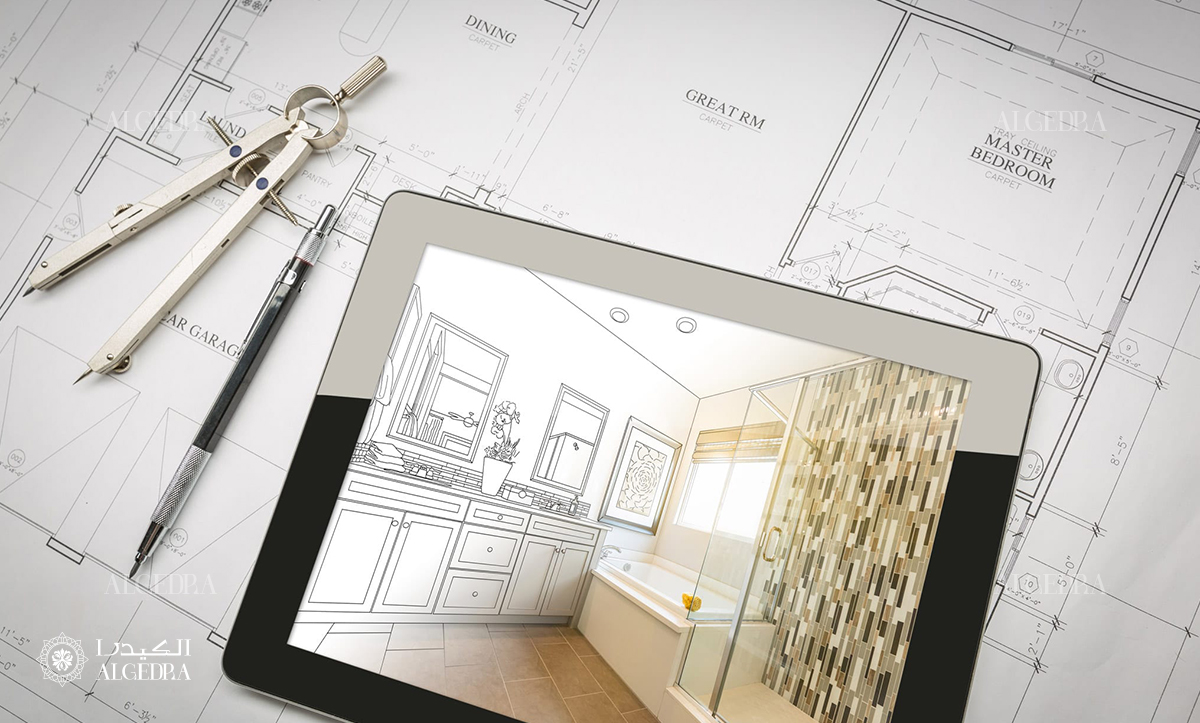Reference architecture is a documented and standardized architectural template that provides a common framework and best practices for specific business and technology domains. These documents can be seen as blueprints or patterns, ensuring that various projects or initiatives align with a company's overall strategic goals and technical guidelines.
1. The Five Core Elements of Reference Architecture
Decoding reference architecture means diving deep into its primary components. Let's explore the five core elements that constitute it:
1.1. Structure
At the heart of any architecture lies its structure. This entails the high-level organization of systems, highlighting how different components interact with one another. The structure helps in visualizing the overall design, ensuring that all components fit together seamlessly.

1.2. Components
These are the distinct units or modules within the architecture. Each component has a specific role or function. In the context of reference architecture, components might include software modules, hardware units, or even organizational teams.

1.3. Interoperability
For components to work together efficiently, there needs to be a defined method of interaction, i.e., interoperability. This element ensures that each part can communicate and function in tandem with others, leveraging standardized protocols and interfaces.

1.4. Scalability
In today's dynamic tech landscape, scalability is crucial. Reference architectures must be designed with growth in mind, allowing for expansion or contraction based on business needs without compromising system performance.

1.5. Security
With increasing threats in the digital realm, security can't be an afterthought. A robust reference architecture incorporates security considerations from the ground up, ensuring that data protection and system integrity are paramount.
2. The Role of Standardization in Reference Architecture
Standardization is the linchpin that holds reference architectures together. By having standardized processes, tools, and methodologies, companies can:
● Ensure consistent quality across projects.
● Accelerate the design and deployment processes.
● Enhance collaboration between teams.
● Reduce errors and inefficiencies.
In essence, standardization in reference architecture paves the way for best practices, setting the gold standard for how architectural challenges should be addressed.

3. The Benefits of Adopting a Reference Architecture
Understanding the components of reference architecture is one thing; recognizing its benefits is another. Here's why organizations should consider adopting a reference architecture:
● Efficiency: By leveraging a standardized approach, organizations can streamline operations, reducing redundancies and speeding up project deliveries.
● Risk Mitigation: With a tried-and-tested blueprint in place, there's a lower likelihood of errors or oversights, minimizing potential risks.
● Flexibility: Reference architectures, by nature, are modular. This modularity allows for easy customization, ensuring that unique business needs are met.
● Strategic Alignment: Such architectures ensure that all initiatives align with the broader business objectives, fostering a cohesive approach to tackling challenges.

4. Key Takeaways
● Reference architecture serves as a blueprint, guiding projects and ensuring alignment with strategic goals.
● The core elements—structure, components, interoperability, scalability, and security—are fundamental to any reference architecture.
● Standardization is vital, paving the way for efficiency, collaboration, and reduced errors.
● Adopting a reference architecture offers numerous benefits, from risk mitigation to strategic alignment.

In today's rapidly changing technological landscape, reference architecture guides organizations towards standardized, efficient, and secure solutions. By decoding its essential elements, businesses can harness its power, setting themselves up for success in the digital age.